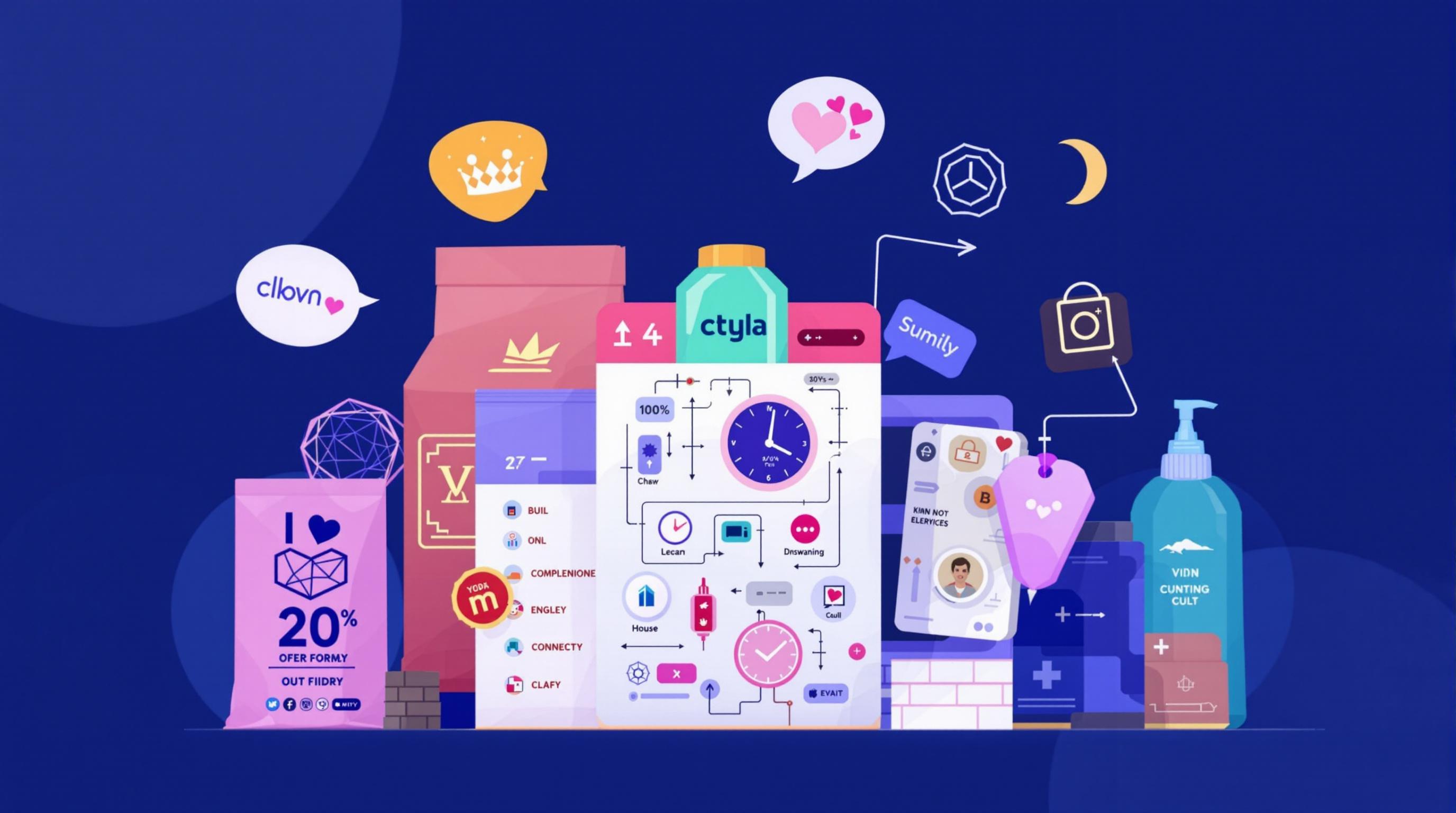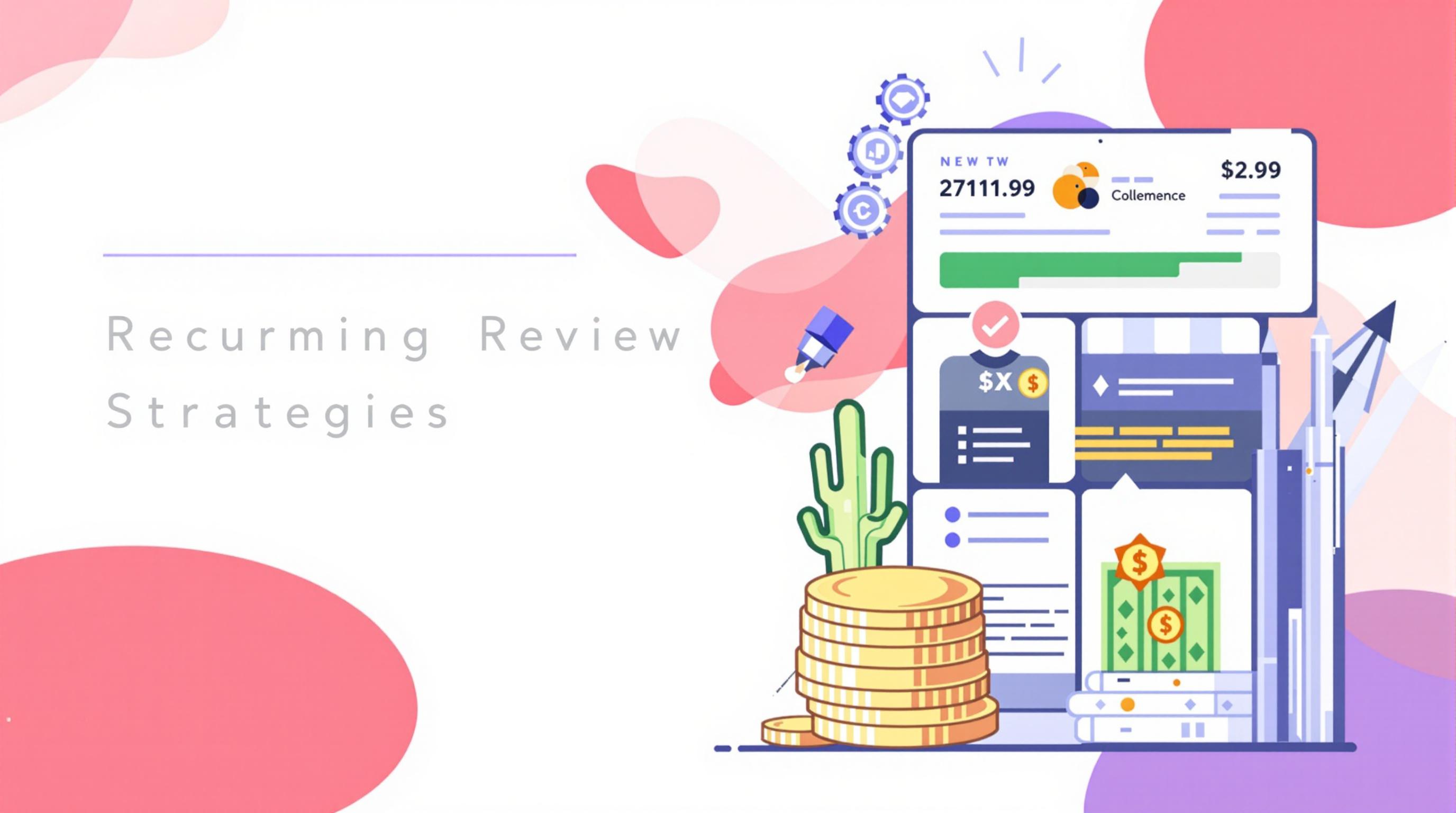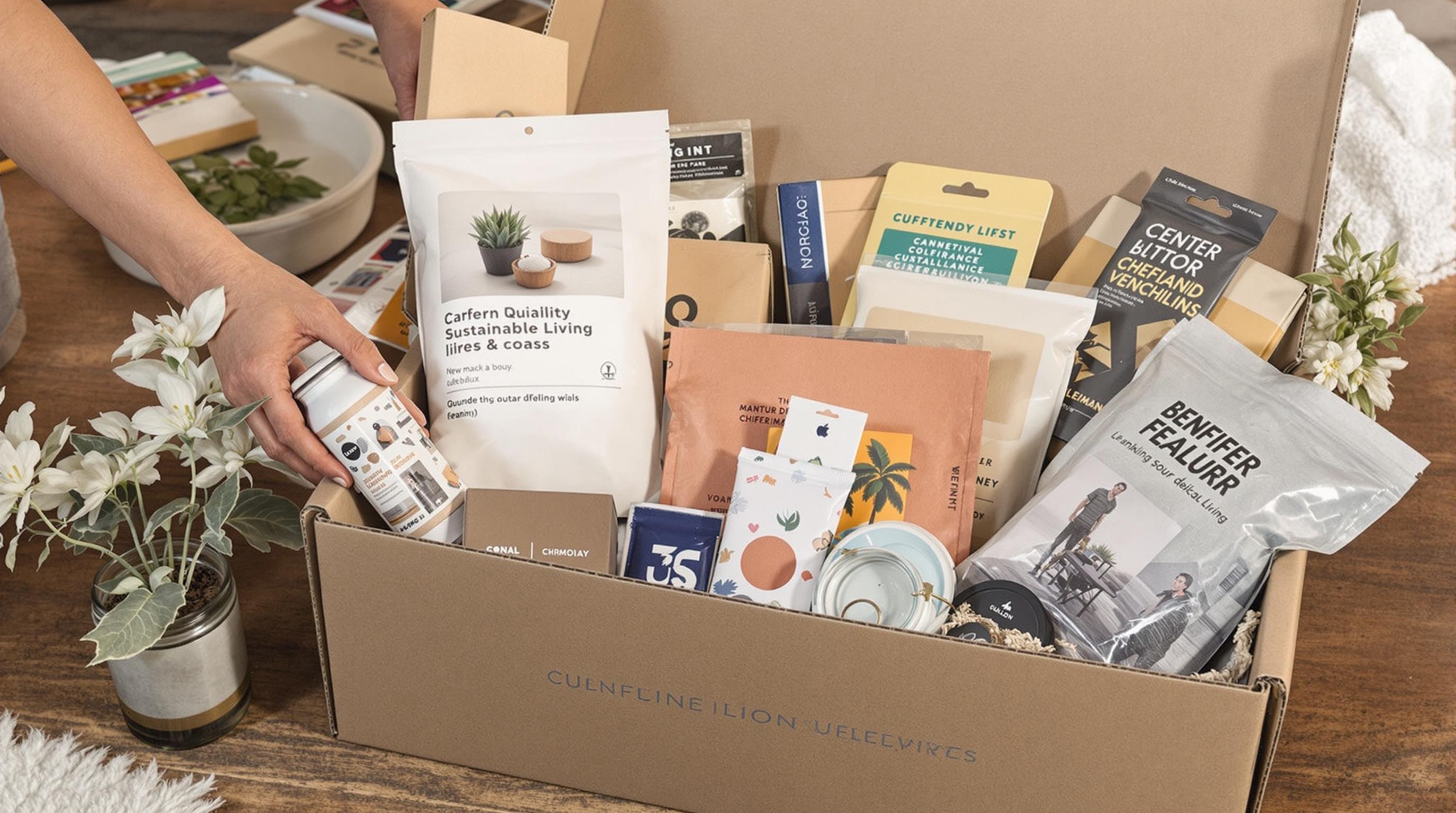Related Articles
- When Disaster Strikes: Unseen Psychological Impacts of Data Loss on Company Culture and Employee Trust
- 7 Game-Changing Business Backup Tools Released Since 2019 You Didn’t Know You Needed
- 5 Trailblazing Smart Home Subscription Services Redefining Convenience and Control Since 2019
- 6 Innovative Boutique Subscription Services Redefining Customer Loyalty and Engagement Since 2019
- How Forgotten Analog Methods Might Reshape Modern Corporate Info Preservation Strategies
- How Behavioral Biases Secretly Skew Financial Audit Outcomes and What Checklists Miss
5 Innovative Behavioral Triggers Driving Unseen Customer Loyalty in Business Subscription Models Today
5 Innovative Behavioral Triggers Driving Unseen Customer Loyalty in Business Subscription Models Today
5 Innovative Behavioral Triggers Driving Unseen Customer Loyalty in Business Subscription Models Today
1. Personalized Onboarding Experiences
Tailored-first impressions matter: In subscription models, the onboarding process sets the tone for customer engagement. Personalized onboarding that adapts tutorials, feature highlights, and setup guides based on user data helps customers feel understood and valued from the start.
By collecting behavioral cues during signup, businesses can customize the initial journey. For instance, a SaaS platform may highlight features for marketing teams differently than for developers, making the experience relevant.
Research by McKinsey found personalized onboarding can increase retention rates by up to 30%. This behavioral trigger reduces early churn, helping businesses secure longer-term loyalty.
2. Gamification to Encourage Habit Formation
Unlocking engagement through play: Gamification applies game design elements to non-game contexts, and subscription services increasingly use it to nurture user habits.
Features like progress bars, badges, challenges, and leaderboards trigger dopamine responses, motivating customers to consistently use the service. Habit formation is critical in subscription models, where recurring value must be demonstrated.
A report from Harvard Business Review highlights that gamified experiences can boost engagement by up to 40%, fostering customer loyalty by embedding the product into daily routines.
3. Micro-commitments to Lower Psychological Barriers
Small steps build big trust: Subscription companies use micro-commitments—small, easy actions like answering a survey or enabling a feature—to gradually increase user investment.
Each tiny commitment activates cognitive consistency, making customers more likely to stay subscribed because they’ve already put effort into configuring or customizing the product.
Studies in behavioral economics validate that micro-commitments reduce churn by creating momentum and psychological ownership over the service.
4. Dynamic Pricing and Perks Based on Usage
Responding to customer behavior with flexibility: Intelligent pricing models that adjust based on real-time usage incentivize continual engagement. Customers feel they pay fairly for what they use, reducing friction.
Additionally, perks like surprise discounts, credits, or bonus features for active users reward positive behaviors and reinforce loyalty.
The Journal of Marketing Research notes that dynamic rewards tied to behavior create emotional connections, turning casual subscribers into brand advocates.
5. Social Proof Integrated Into User Dashboards
Visibility of community engagement: Embedding social proof—such as real-time usage stats, testimonials, or community activity—into subscription dashboards triggers normative influence.
Seeing other users’ progress and satisfaction elevates trust and motivates continued participation, leveraging the psychological concept of “herd behavior.”
According to Nielsen, 92% of consumers trust peer recommendations over advertising, making social proof a powerful unseen driver of subscription loyalty.
6. Proactive Customer Success Interventions
Predicting issues before they arise: Using AI-driven analytics, businesses identify signs of user frustration or declining engagement early. Proactively reaching out with tailored support triggers positive reinforcement.
This behavioral trigger focuses on empathy and problem-solving, converting potentially lost customers into loyal advocates.
Accenture reports that companies excelling in proactive customer service achieve 84% higher subscription renewal rates.
7. Commitment Devices to Lock-in Behavior
Using technology to reduce temptation: Commitment devices in subscription models—such as automatic payments, locked pricing periods, or access tiers—harness behavioral economics principles.
These mechanisms make it psychologically and financially inconvenient to cancel, encouraging sustained use and loyalty.
Behavioral studies show commitment devices improve long-term adherence, helping customers overcome temptation to leave, which benefits subscription retention.
8. Behavioral Nudges Via Timely, Personalized Messaging
Guiding usage through context-aware cues: Nudges—small prompts or reminders—activated at critical moments can re-engage users or highlight underused features.
When personalized, such as recommending a new report based on recent activity, these nudges increase perceived value and reduce decision fatigue.
According to the Behavioral Insights Team, effective nudging in digital products can raise engagement rates by over 20%, deepening customer loyalty.
9. Transparency and Data Empowerment
Building trust through open communication: Providing customers with clear insights into how their data is used and allowing control fosters trust—a key loyalty driver.
Subscriptions that share usage analytics or environmental impact reports empower users, promoting a deeper emotional connection.
TrustRadius research indicates companies who prioritize transparency see a 15% higher customer retention, showing its importance in behavioral loyalty.
10. Cultivating Community Through Collaborative Features
Shared experiences build lasting bonds: Integrating collaboration tools and community forums within subscription platforms leverages social identity to enhance loyalty.
Customers connected through shared goals or problems feel a sense of belonging, reinforcing commitment beyond the product itself.
According to Gallup, engaged communities increase customer lifetime value by up to 20%, highlighting community as a silent behavioral loyalty trigger.




